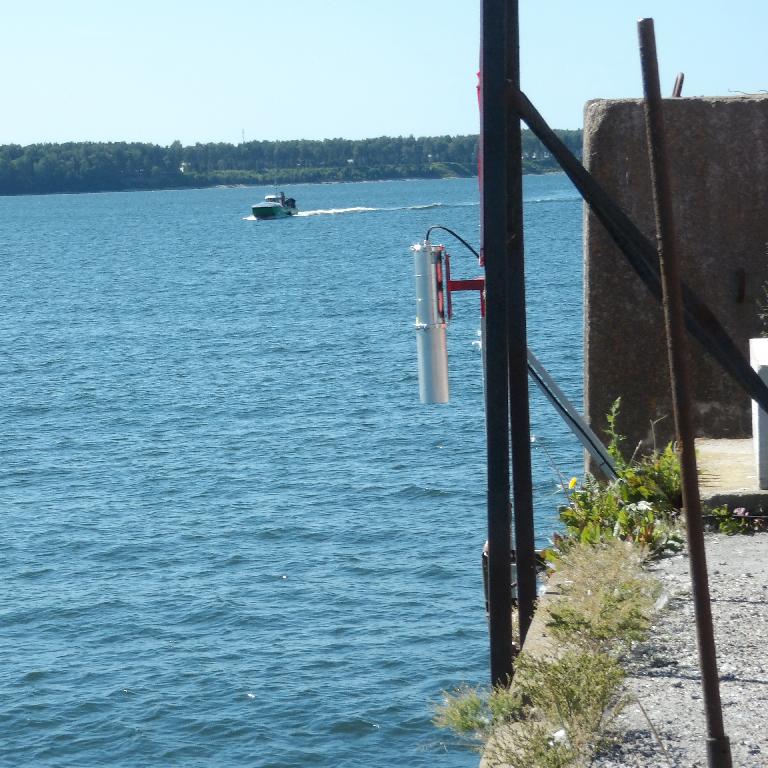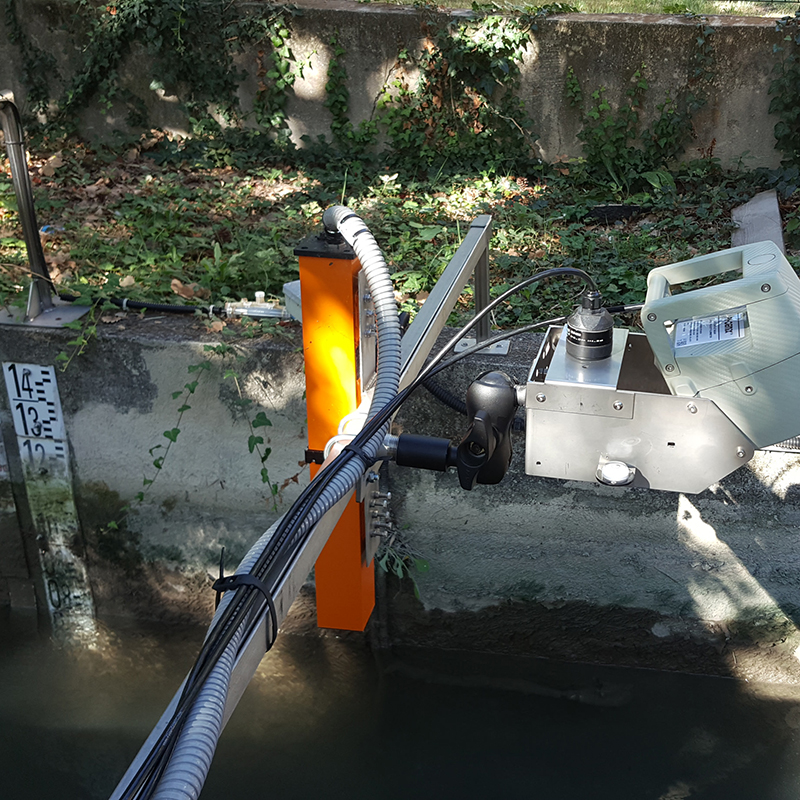Oil on Water Detection Systems: Which Technologies Should You Adopt?

In an era of increasing environmental regulations and industrial accountability, choosing the right oil spill detection system is not just about compliance—it’s about operational excellence. In this article, we’ll explore the main technologies used to detect oil on water, comparing their strengths, limitations, and ideal use cases. Whether you manage a power plant, a port facility, or a water treatment site, this guide will help you identify the most suitable technology for your specific needs.

Why Oil Spill Detection Matters
Oil leaks and spills—whether from industrial discharge, ship bunkering, or mechanical failures—pose serious risks to aquatic ecosystems, human health, and company reputations. Prompt detection enables:
Rapid containment of environmental hazards
Avoidance of costly fines and legal consequences
Maintaining operational safety and uptime
Compliance with environmental standards (e.g., EPA, IMO, ISO)
A reliable detection system is no longer optional—it’s a cornerstone of responsible industrial operations.
Key Factors When Choosing a System

When evaluating oil detection solutions, consider the following criteria:
Environment: Are you in a saltwater port, freshwater reservoir, or wastewater facility?
Sensitivity Requirements: Do you need to detect light sheens or only major spills?
Maintenance Capacity: Is the site remote? Can you afford regular maintenance?
Certification Needs: Is ATEX/IECEx certification required for explosive environments?
Integration Capabilities: Can the system be networked or paired with SCADA systems?
In maritime environments—where oil terminals, busy shipping routes, and environmental regulations converge—precision monitoring is essential. ROW’s deployment in ports and harbors has proven vital in detecting surface oil contamination in real time, particularly in high-traffic and industrial zones. While traditional shipping ports have shown limited demand, oil terminal facilities located within or near harbors represent a key application area for LDI’s non-contact technology. This has been especially true in the Baltics and parts of Scandinavia, where stricter environmental policies and industrial overlap drive the need for reliable, continuous oil monitoring.
As global maritime standards tighten and the risks of environmental damage grow, LDI’s ROW systems provide a scalable solution. Whether installed permanently at oil terminals or deployed during high-risk operations, ROW offers unmatched sensitivity and reliability. With an operational temperature range broader than any competitor and full ATEX/IECEx Zone-1 certification, it meets the harsh demands of marine infrastructure—ensuring regulatory compliance and safeguarding coastal ecosystems.
Why ROW by LDI Stands Out
LDI’s ROW sensor represents the most advanced form of non-contact oil-on-water detection, trusted across 60+ countries. Key differentiators:
-

Turbine Leak Monitoring ATEX/IECEx Zone-1 Certification for hazardous environments
- 5-year maintenance-free operation
- Advanced signal processing with triple-detection system to avoid false positives
- Real-time alerts via remote monitoring dashboards
- Proven reliability in power plants, desalination stations, and maritime facilities
No other direct competitor offers this level of certification and precision in a non-contact format.
As part of our forward-looking innovation strategy, LDI is actively exploring mobile applications of the ROW sensor—particularly its integration with autonomous surface vehicles (ASVs). In partnership with MindChip, we are currently testing an unmanned craft equipped with an oil skimmer and the ROW sensor onboard. This mobile setup enables real-time detection and immediate response to oil spills, allowing for dynamic and precise mitigation in hard-to-monitor areas like offshore terminals, remote ports, or inland waterways.
While this application is still in the pilot phase, the proof of concept is already strong. The combination of autonomous mobility and non-contact detection opens the door to a new frontier in environmental safety: real-time patrol and cleanup, driven by AI and smart networks. LDI’s goal is to refine this integration and make autonomous ROW deployments a reliable option for governments, port authorities, and environmental agencies seeking cutting-edge solutions for oil spill response.
Conclusion: There’s No One-Size-Fits-All
Choosing the right oil detection technology depends on your operational context, risk profile, and environmental constraints. While low-tech solutions may suffice in some areas, high-risk or critical infrastructure demands precision and reliability.
For industries seeking long-term, certified, and robust solutions—non-contact sensors like LDI’s ROW are a strategic investment.
Want to learn more about how our technologies can be integrated into your industry? Contact us today!
Search
Recent Posts
- NORDTEST SRL Showcasing ROW at Ecomondo 2025
- Why Real-Time Monitoring Is Critical for Coastal Infrastructure Protection
- ROW vs Traditional Oil Sensors: A Comparison of Efficiency and Precision
- Meeting ESG Goals with Advanced Oil Detection Technologies
- How to Choose the Right Oil Detection System for Your Industry
